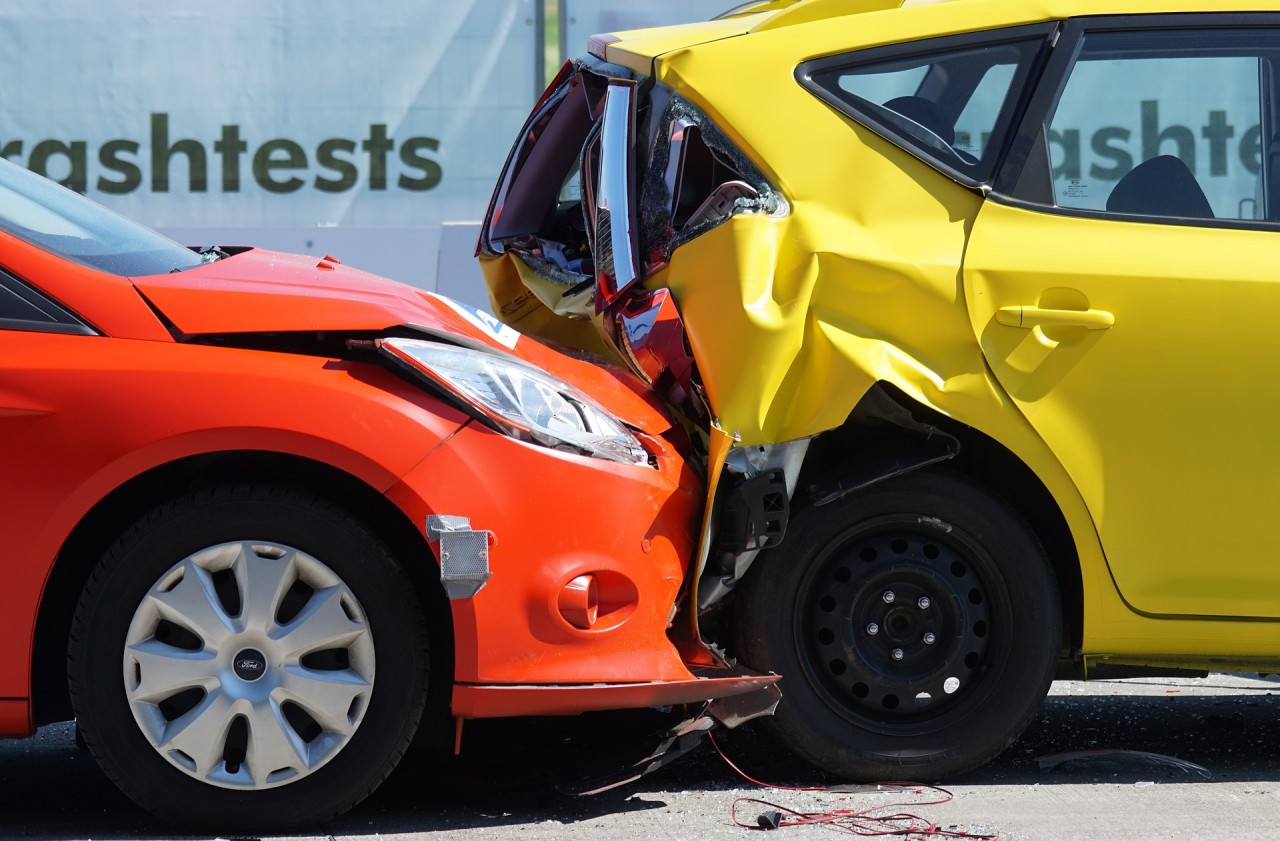Why Car Insurance Premiums Are Rising

After the First World War, cars began inundating urban areas. More often than not, these cars were relatively fast and quite dangerous – with almost no mind being paid to safety features. With the auto industry barely in its adolescence, it is no wonder that regulations were nonexistent.
A lot of the time, this meant that those who were the victims of auto accidents didn’t receive any compensation. It wasn’t until 1930 when the United Kingdom became the first country to implement a compulsory car insurance policy that things started to change. In the beginning, vehicle owners only had to be insured for their liability for death or injury to third parties.
As time went on, though, other countries began following suit with Germany the next place to implement such a policy. With time, coverages became more comprehensive and regulations became more nuanced.
From a purely logical standpoint, one would expect insurance premiums to be going down because of all these regulatory changes. After all, these regulations have had an immense impact on the auto industry. Cars today are far more sophisticated than their older counterparts; with science and technology intertwining to bring about some marvelous progress.
Whereas cars before were essentially metal coffins with wheels, barely functioning brakes, and an engine; the modern age has brought with it a refined sense of purpose. Nowadays, a car without airbags and seatbelts cannot be bought. Moreover, new features seem to be implemented on a consistent basis to make sure that the driving experience is a safe and enjoyable one.
Everything from crumple zones (which make sure a person can be extracted from a car after an accident) to lane-changing sensors to automatic brakes – driving is becoming increasingly automated and that means cars are safer today than ever before.
Yet, in 2017, the insurance industry paid out over $12 billion in claims – a number just shy of 2016’s record high. Worryingly, this was not a one-off. In fact, claim payments went up for six straight years from 2011 to 2016. Even worse, these figures are just for private passenger vehicles – when auto insurance for business and commercial use is taken into account, the numbers are even higher.
The increase in claim pay outs (in both volume and price) results in higher premiums – that is the very basic concept of insurance. If you have an accident, your premium increases. The issue now seems to be that claims are increasing despite the fact that cars are safer.
This is for a couple reasons.
First, technology comes at a price. The fact that cars today come packed with all these safety features also means that they are more expensive to repair. Fixing a headlight is no longer just about taking off the cover and replacing a bulb – some of the costs for replacing a headlight can be over $1,000 because of the kind of light-source that is used.
Similarly, the technology infused into the bodywork of a car – along with the multitude of sensors on and in it – means that there really is no such thing as a simple repair anymore. Bumpers and fenders tend to be the parts most frequently changed on a car in relation to an accident. Whereas these repairs would’ve cost a couple hundred bucks a decade ago, they can now run up costs in the thousands of dollars.
The second reason for increasing premiums, and perhaps more worryingly, seems to be that we are just becoming worse drivers as a result of all this technology. Distracted driving has become a real issue in Canada with an extremely large portion of all accidents being attributed to people either texting and driving or using their phones in some manner.
The problem with technology making cars so much safer seems to be that an increasing number of drivers feel like they can slack behind the wheel. There is an over-reliance on technology and automation to prevent accidents when that is not currently their job. The current level of technology in a modern car is enough to help avoid accidents and aid in safety if an accident occurs. This still requires a fully attentive driver. No amount of lane-changing sensors and automatic braking will reduce accidents if those behind the wheel continue to be distracted.
Perhaps when car automation has been fully fleshed out, we will be able to relax behind the wheel. However, until then, premiums will continue to rise if we don’t all become better drivers. Yes, car parts are more expensive – technology in general tends to be expensive. It may seem that this push towards further technological advancement is not cost-effective – and, in the current environment, it isn’t.
But it is up to us to change that environment. It is up to us to educate those around us and to make sure we are driving smartly following the rules of the road and not placing anyone at risk. Once these things become the norm and accident rates decrease, your insurance premiums will too.
To discuss your car insurance further, contact one of our licensed brokers today at
Source: CBC.
